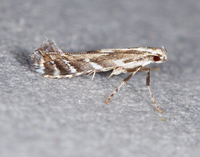
| Recorded by: Jim Petranka on 2025-09-29
Madison Co.
Comment: | 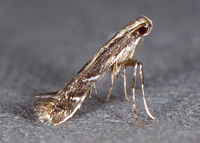
| Recorded by: Jim Petranka on 2025-09-24
Madison Co.
Comment: |
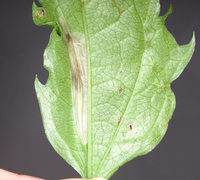
| Recorded by: Jim Petranka and Becky Elkin on 2025-09-19
Madison Co.
Comment: | 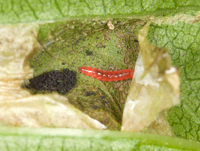
| Recorded by: Jim Petranka and Becky Elkin on 2025-09-19
Madison Co.
Comment: A dissected tentiform mine with a bright red final-instar larva. |

| Recorded by: Jim Petranka on 2025-09-10
Madison Co.
Comment: | 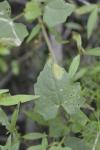
| Recorded by: T. Feldman on 2025-06-03
Carteret Co.
Comment: |

| Recorded by: T. Feldman on 2025-06-03
Carteret Co.
Comment: | 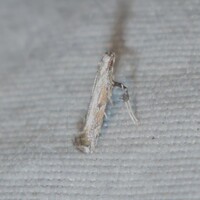
| Recorded by: David George, Jeff Niznik on 2025-05-09
Cumberland Co.
Comment: |
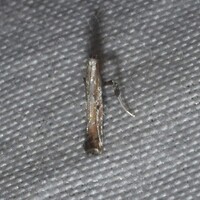
| Recorded by: David George, Jeff Niznik on 2025-05-09
Cumberland Co.
Comment: | 
| Recorded by: R. Newman on 2024-11-20
Carteret Co.
Comment: |
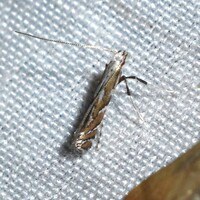
| Recorded by: Jeff Niznik on 2024-07-14
Watauga Co.
Comment: | 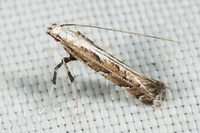
| Recorded by: Mark Shields on 2023-10-06
Onslow Co.
Comment: |
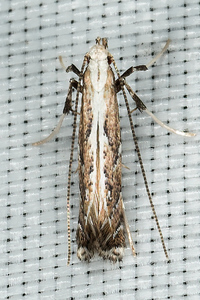
| Recorded by: Mark Shields on 2023-10-06
Onslow Co.
Comment: | 
| Recorded by: David George, Jeff Niznik on 2023-09-16
Durham Co.
Comment: |
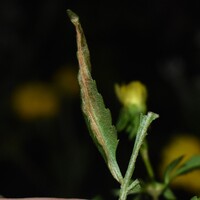
| Recorded by: David George, Jeff Niznik on 2023-09-16
Durham Co.
Comment: | 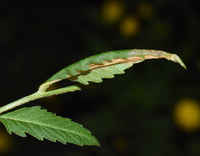
| Recorded by: David George, Jeff Niznik on 2023-09-16
Durham Co.
Comment: |
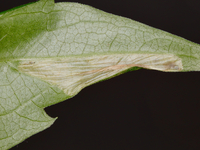
| Recorded by: Jim Petranka and Becky Elkin on 2023-08-21
Yancey Co.
Comment: | 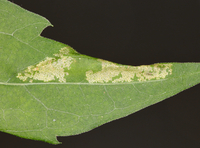
| Recorded by: Jim Petranka and Becky Elkin on 2023-08-21
Yancey Co.
Comment: |

| Recorded by: David George, Bo Sullivan on 2023-05-02
Carteret Co.
Comment: | 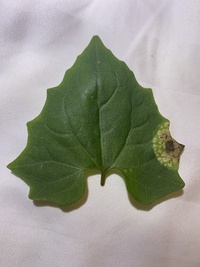
| Recorded by: David George, Bo Sullivan on 2023-05-02
Carteret Co.
Comment: |
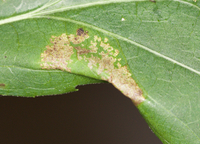
| Recorded by: Jim Petranka on 2022-07-15
Transylvania Co.
Comment: Unoccupied mines were on Rudbeckia laciniata. | 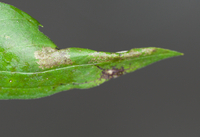
| Recorded by: Jim Petranka on 2022-07-15
Transylvania Co.
Comment: Unoccupied mines were on Rudbeckia laciniata. |
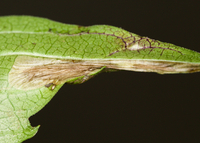
| Recorded by: Jim Petranka on 2022-07-15
Transylvania Co.
Comment: Unoccupied mines were on Rudbeckia laciniata. | 
| Recorded by: Tracy S. Feldman on 2022-05-12
Durham Co.
Comment: |
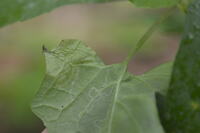
| Recorded by: Tracy S. Feldman on 2022-05-12
Durham Co.
Comment: | 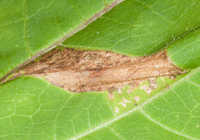
| Recorded by: Jim Petranka and Becky Elkin on 2020-08-27
Buncombe Co.
Comment: A view of the upper surface of White Snakeroot (Ageratina altissima) with a tentiform mine. |

| Recorded by: Jim Petranka and Becky Elkin on 2020-08-27
Buncombe Co.
Comment: A view of the lower surface of White Snakeroot (Ageratina altissima) with a tentiform mine. | 
| Recorded by: Jim Petranka on 2020-07-30
Madison Co.
Comment: Four young, weakly tentiform mines on the underside of a Joe Pye Weed leaf (Eutrochium sp.). |

| Recorded by: Jim Petranka on 2020-07-30
Madison Co.
Comment: A view of the upperside of a Joe Pye Weed leaf (Eutrochium sp.) with two mines. | 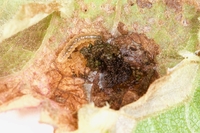
| Recorded by: Jim Petranka on 2020-07-30
Madison Co.
Comment: The thin whitish layer on this mine on Joe Pye Weed was removed to reveal a larva and frass clump. |
|

 »
»























